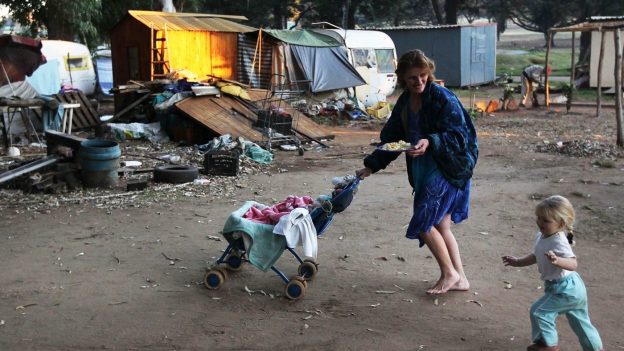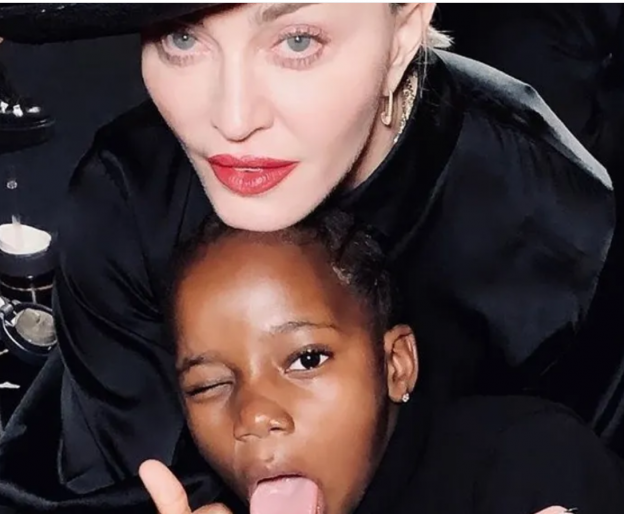NEW COLUMN IS “On The Backs Of Poor Whites? How J.D.-Vance Elites Become Elites“. It’s currently on WND.COM and The Unz Review.
“On The Backs Of Poor Whites?” was briefly featured on the American Greatness, to approving reader commentary—then it vanished. Pulled? As the column indicated, Soy Boy Vance has some powerful friends. Nothing else would muscle my brave publishers. Con Ick. (Conservatism Inc.) likely wants to run Vance as a political candidate. This likely means Con Ick. has no time for Appalachian Aunt Ruth’s bitter feelings about his kind of elites.
An excerpt:
The country is fast descending into a Dantean hell.
The Circles of Hell into which we’ve been signed, sealed and delivered are mass migration, diversity, multiculturalism, and zealous, institutionalized anti-whiteness, with its attendant de-civilization and inversion of long-held societal morals and mores.
The guiding ghost of Virgil is nowhere to be found. To ostensibly shepherd us out of hell, however, assorted serpents have slithered forth.
Beware! All the more so when they speak to you from bastions of the establishment—Newsweek is one—as J. D. Vance does in, “True ‘Compassion’ Requires Secure Borders and Stopping Illegal Immigration.”
His is the typically conciliatory, “conservative” argument we’ve come to expect from the gilded elite, regarding America’s promiscuous immigration policy, under Republicans and Democrats alike.
Vance is the best-selling author of Hillbilly Elegy: A Memoir of a Family and Culture in Crisis, which is a culturally compliant—namely unflattering—account of poor, white America.
Provided your thesis allows for a cozy convergence of agreeable storylines—you are well-positioned to peddle a national bestseller to the approving the left, libertarian, neoconservative and pseudo-conservative smart-set.
Yes, Vance is a sellout. Not that they were asked for their take, but the archetypal folks depicted in Hillbilly Elegy contend, justifiably, that “Vance [is] not an authentic hillbilly or an example of the working class.”
Cassie Chambers Armstrong’s Aunt Ruth, for example.
Aunt Ruth didn’t think much of Vance’s endeavor. Her niece is an Appalachian and author of a redeeming tale, Hill Women: Finding Family and a Way Forward in the Appalachian Mountains.
“Hillbilly Elegy’s portrayal of Appalachia,” explains Chambers, “is designed to elevate Vance above the community from which he came … it seeks to tell his story in a way that aligns with a simplistic rags-to-riches narrative. Think critically about how that narrative influences the way we are taught to think about poverty, progress, and identity.”
Chambers is perceptively correct. It’s cringe worthy—Uriah Heep slimy—but Vance all but advertises that the Indian-American Brahmin he wed has helped “rid him of his hillbilly ways.” To that end, he tells of a mild exchange with his wife: “Don’t make excuses for weakness. I didn’t get here by making excuses for failure,” he “hollers” at her.
These unremarkable, muted words Vance had with wife Usha Chilukuri he frames, self-servingly, as “the baggage of his tumultuous upbringing.” Wow!
Self-deprecation over nothing much at all amounts to very clever self-aggrandizement. Vance’s casuistry resembles a kind of Argument From Fake Modesty.
Indeed, in smug self-aggrandizement, Vance slimes his hillbilly relatives, even naming names. Credits and kudos go to the Chilukuris, wife Usha’s relatives, for “[teaching] him what a functional family looked like.”
From family unit to family unification policy: When discussing immigration, J. D. Vance is just as nimble …
…Read the rest. NEW COLUMN IS “On The Backs Of Poor Whites? How J.D.-Vance Elites Become Elites“. It appeared on WND.COM and The Unz Review.
Columns are always published eventually on IlanaMercer.com Sign-up.
UPDATE (5/7/021):
Does GOP Big Media offer solutions? Put its money where collective mouth is? Help small businesses being bankrupted, arrested? Oh, no. Egos in anchor's chair parade victims of the USA State on shows, wish them well & generate viewer hopelessness & anger. https://t.co/p4gP1GYHLf
— ILANA Mercer (@IlanaMercer) April 24, 2021
Et tu, @TuckerCarlson? Sickening: His show has become one fat promotion for other auxiliary enterprises on fucking #FoxNation. White noise. Each minute's filled with instructions, even screen pics, on how to access the info-merchandise. Sheep follow GOP Big Media circus.
— ILANA Mercer (@IlanaMercer) April 24, 2021





